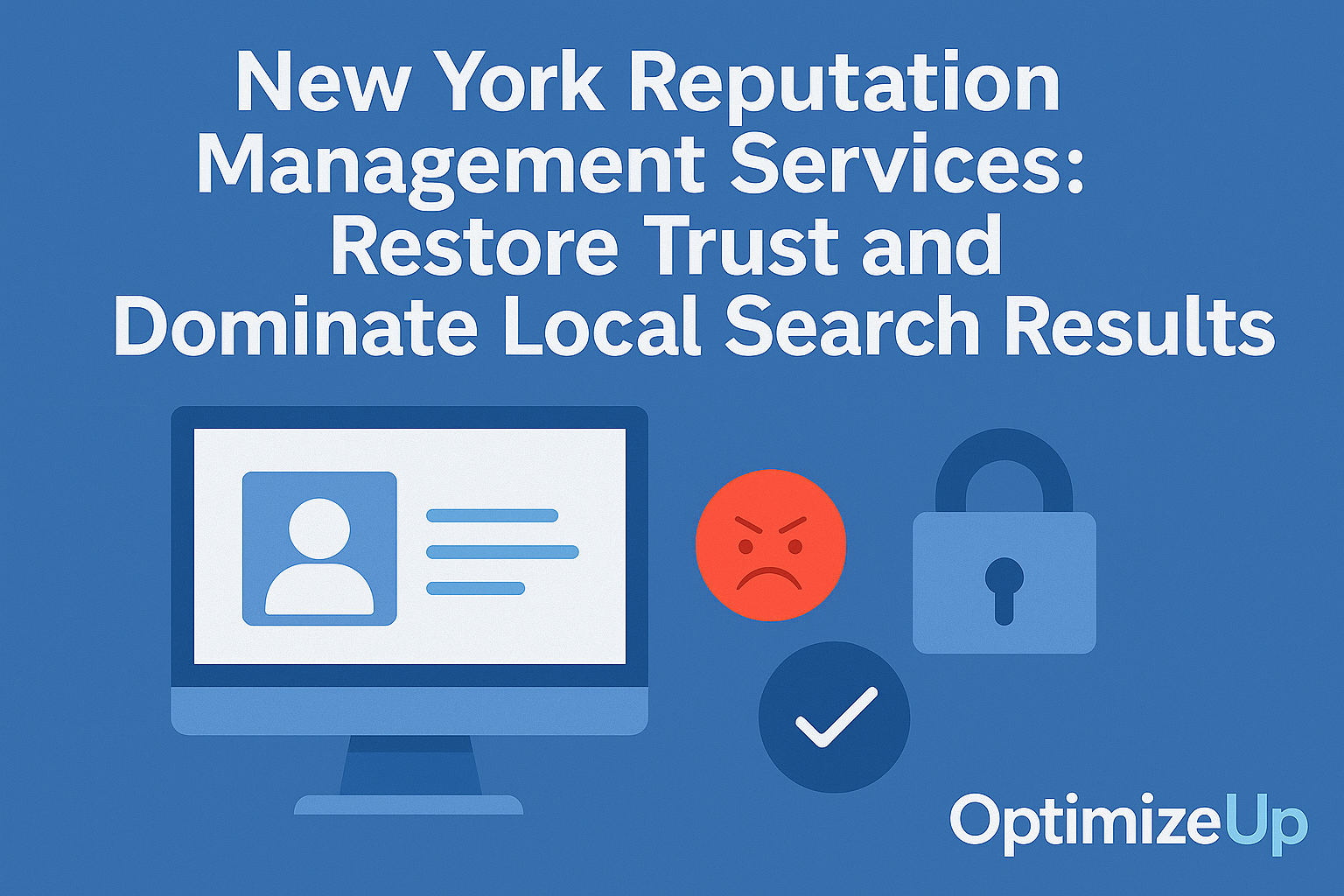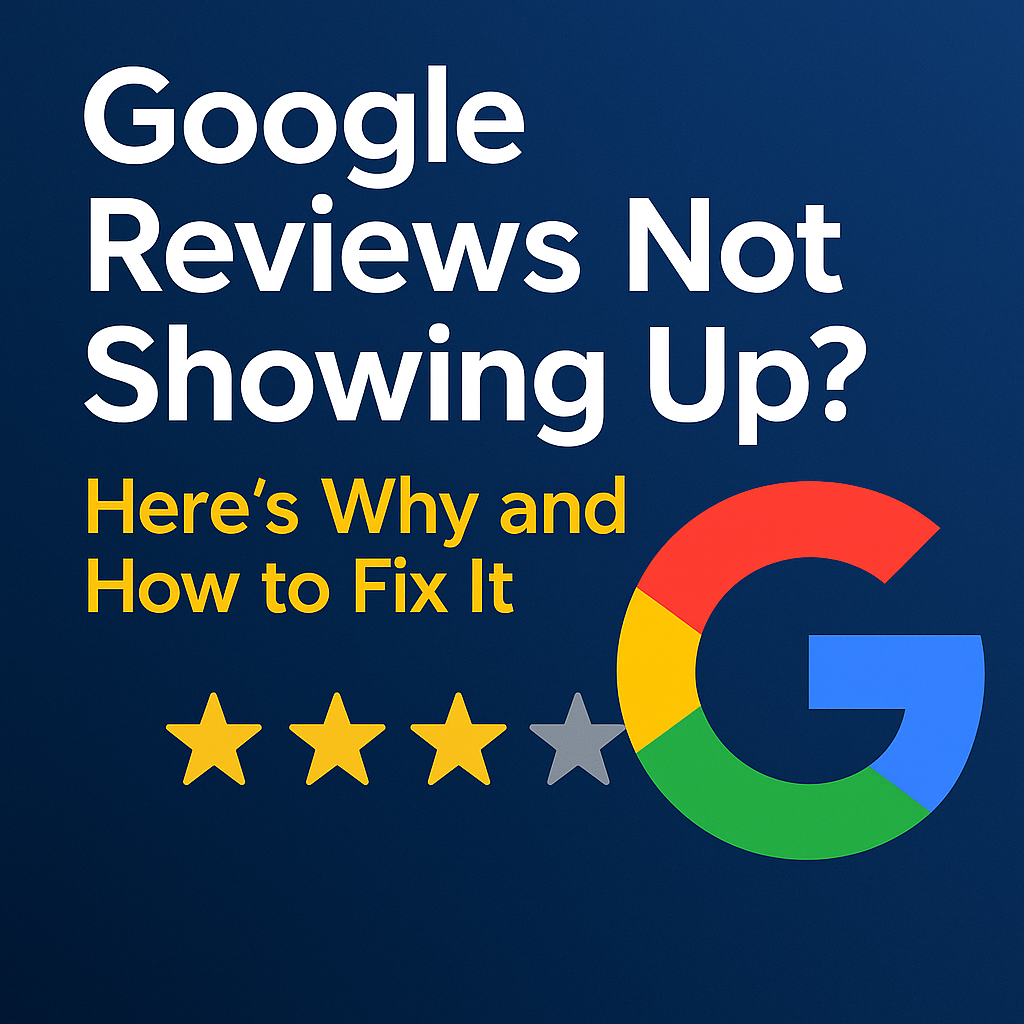Why Company Reputation Management Is Mission-Critical
Your company’s reputation affects everything: customer acquisition, employee retention, partnerships, funding, and search visibility. In an era where one tweet or review can snowball into a crisis, proactive brand reputation management is a competitive advantage.
“Your brand isn’t just what you say it is—it’s what Google says it is.”
Core Benefits of Strong Reputation Management:
- Increased customer trust and conversion rates
- Higher employee morale and recruiting appeal
- Improved SEO and online visibility
- Resilience during PR crises or viral incidents
- Easier access to partnerships and investment opportunities
- Greater control over customer expectations and brand narrative
What Builds a Company’s Online Reputation
Key Elements:
- Customer Reviews: Google, Yelp, Trustpilot, Glassdoor
- Search Engine Results: First-page visibility and sentiment
- News Coverage: Press releases, articles, and media responses
- Social Media Activity: Mentions, comments, and shares
- Executive Reputation: CEO or leadership actions impact brand trust
- Transparency and Responsiveness: Public accountability practices
- Brand Mentions in Industry Forums and Blogs
- Community Engagement and Corporate Social Responsibility (CSR)
Trust Signals That Matter:
- Google review ratings
- Branded search volume growth
- Third-party media mentions
- High-authority backlinks
- Employee satisfaction metrics
- Awards, certifications, and industry recognition
- Content consistency and quality across channels
How to Build a Positive Company Reputation
1. Claim and Optimize All Key Business Profiles:
- Google Business Profile
- LinkedIn Company Page
- Yelp, BBB, Crunchbase, Glassdoor
- Apple Maps, Bing Places, local citation directories
2. Publish Credible and Shareable Content:
- Founders’ blogs or video interviews
- Thought leadership on Medium, Substack, or Forbes
- Case studies and customer testimonials
- White papers and research-based publications
- Educational YouTube videos and branded podcasts
3. Encourage Positive Reviews Proactively:
- Use SMS/email follow-ups to ask for feedback
- Offer incentives (discounts, VIP perks) ethically
- Display QR codes at physical locations
- Add review CTAs to email signatures and packaging
4. Align Internal Culture with External Messaging:
- Feature team stories on social media
- Respond to employee Glassdoor reviews
- Reward transparency and empathy in leadership
- Incorporate internal NPS surveys and employee engagement scores
5. Embrace Community Involvement:
- Sponsor local events
- Donate to causes aligned with your mission
- Share volunteer initiatives and partnerships publicly
Monitoring Company Reputation Effectively
Tools You Need:
- Google Alerts: Track your brand, products, and executives
- SEMrush Brand Monitoring: Catch mentions, links, and competitor comparisons
- Brand24 or Mention: Sentiment analysis + real-time alerts
- Reputology: Specialized in multi-location review tracking
- Ahrefs: Identify negative content and backlinks hurting SEO
- Talkwalker: Tracks news, forums, podcasts, and visual mentions
- Glassdoor Alerts: Get notified of new employee reviews
Key Metrics to Watch:
- Share of voice (vs. competitors)
- Review volume and average rating
- Net Promoter Score (NPS)
- Sentiment trends across platforms
- First-page Google content ratio (positive vs. negative)
- Brand SERP features (Knowledge Panel, sitelinks, reviews)
- Media placement velocity and tone (earned vs. owned)
Reputation Crisis Prevention and Management
Signs You’re at Risk:
- Increase in negative review velocity
- Google Autocomplete showing damaging keywords
- Misinformation spreading on Reddit or Twitter
- Employees leaking internal emails or complaints
- Surge in brand-related negative sentiment
- Spike in customer support escalations or refund requests
Crisis Prevention Plan:
- Set up a reputation monitoring dashboard
- Create an internal escalation protocol
- Designate a response team (PR, legal, execs)
- Prepare pre-approved media statements
- Create a backup content queue to counter virality
Crisis Response Steps:
- Step 1: Acknowledge the issue publicly
- Step 2: Respond with facts and compassion
- Step 3: Move deeper concerns to private channels
- Step 4: Launch content campaigns to reclaim trust
- Step 5: Audit long-term impact and response outcomes“The right response at the right time can preserve years of brand equity.”
Post-Crisis Strategy:
- Publish a CEO letter or company apology if warranted
- Announce changes made in response to the feedback
- Monitor reputation score changes over 6-12 months
- Add post-crisis coverage to your branded content archive
Suppression vs. Removal: What’s Possible
Suppression:
- SEO-optimized blogs
- Branded press releases
- YouTube videos and podcasts
- High-authority guest posts
- Third-party product comparisons with favorable tone
- FAQ pages and explainer content answering common customer concerns
Legal Removal Options:
- Defamation takedown (if statements are false and damaging)
- DMCA takedown (copyright infringement)
- Privacy law requests (e.g., GDPR, Right to Be Forgotten in the EU)
- Tortious interference or false light claims via legal counsel
For complex or persistent content, professional support is essential.
Executive Reputation Management as a Company Asset
Why It Matters:
- CEOs and founders are brand extensions
- Their content influences media perception and investor interest
- Bad publicity from leadership can reduce stock or brand equity value
How to Strengthen It:
- Create a personal website or LinkedIn newsletter
- Appear in interviews, conferences, or white papers
- Publish ethical leadership content during crisis periods
- Encourage internal praise, testimonials, and social proof
OptimizeUp Case Study: Tech Company Defamation Suppression
Company: Mid-sized B2B SaaS provider Issue: Negative blog posts from ex-employee, low star ratings
Actions Taken:
- 18 new positive content assets (blogs, videos, interviews)
- Targeted backlink strategy to boost positive domains
- Suppression of negative content from page 1 to page 3
Results After 4 Months:
- Branded keyword CTR up 62%
- Lead conversion improved by 27%
- Glassdoor rating improved from 2.9 to 4.1
How OptimizeUp Helps Your Company Reputation
At OptimizeUp, we offer:
- Custom reputation audits
- Review generation workflows
- SEO and suppression strategy
- Crisis response planning and monitoring
- Personal branding for leadership teams
- Social media reputation alignment and moderation
- Suppression of false news or coordinated attacks
👉 Get a free company reputation review to safeguard your brand today.
Frequently Asked Questions
Depending on severity, results typically begin within 30–90 days, with full suppression campaigns lasting up to 6 months.
Only if they violate the platform’s terms (e.g., false, offensive, off-topic). Otherwise, respond publicly and ethically.
SEO focuses on ranking pages. Reputation management uses SEO to improve visibility and control brand sentiment across search results.
Yes. Startups are more vulnerable to single points of failure, such as bad press or early employee reviews.
Google, LinkedIn, Glassdoor, Trustpilot, Reddit, Yelp, Facebook, and industry-specific directories.
Yes. We offer suppression, legal consultation, and media strategy for attack defense and recovery.
Quarterly for fast-growing or public companies. Biannually for stable midsize businesses. Monthly for crisis recovery phases.
Yes, when the goal is balance—not deception. Suppression highlights accurate, relevant, and up-to-date content without censorship.
MLA Citations
“Corporate Reputation and Risk Management.” Harvard Business Review, https://hbr.org/2022/11/corporate-reputation-and-risk. Accessed 13 May 2025.
“Best Online Reputation Strategies for Businesses.” Search Engine Journal, https://www.searchenginejournal.com/reputation-management/. Accessed 13 May 2025.
“Responding to Negative Reviews Professionally.” Google Business Profile Help, https://support.google.com/business/answer/3474050. Accessed 13 May 2025.
“Online Brand Reputation Monitoring Tools Compared.” PCMag, https://www.pcmag.com/picks/the-best-reputation-management-services. Accessed 13 May 2025.
“What Is Share of Voice and Why It Matters.” Sprout Social, https://sproutsocial.com/insights/share-of-voice/. Accessed 13 May 2025.
“How Executive Branding Impacts Corporate Value.” Forbes, https://www.forbes.com/sites/forbescoachescouncil/2023/09/19/how-executive-branding-boosts-your-companys-reputation. Accessed 13 May 2025.





